Discover
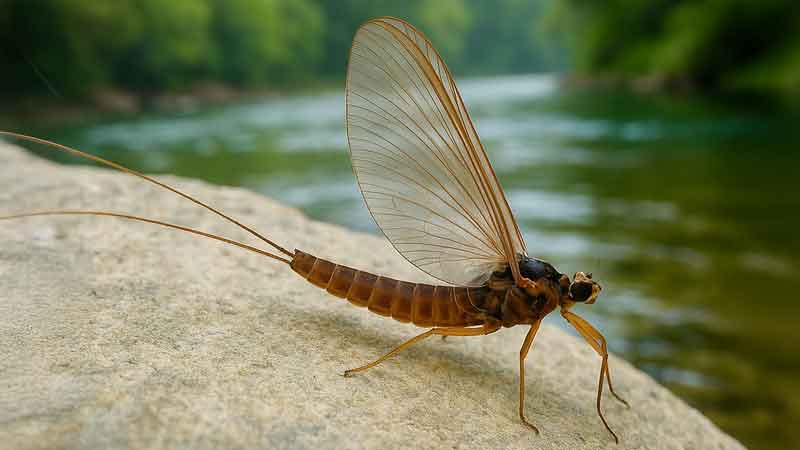
Fly Fishing Flies
Baetis Fly Fishing Patterns You Need to Try
Regarding fly fishing, few hatches bring as much excitement and opportunity as the Blue Wing Olive (BWO), also known as Baetis. In this guide, we’ll delve into everything you need to know about Bae...
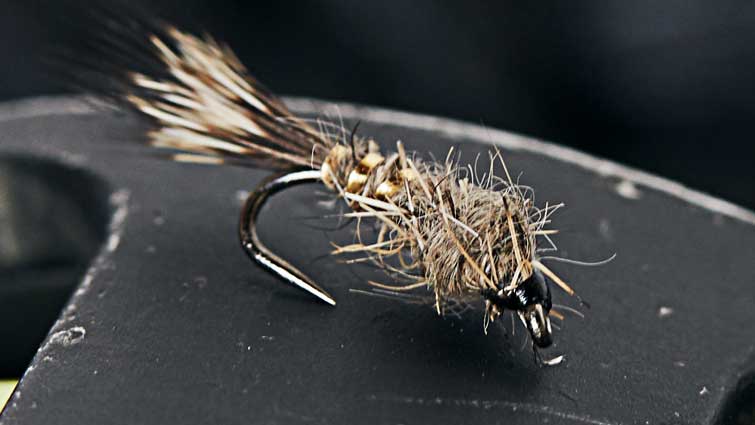
Fly Fishing Flies
Tying, Fishing, and Perfecting the Hare’s Ear Nymph
The hare's ear nymph is a staple in the fly fishing world. It is beloved for its versatility and effectiveness in mimicking a wide variety of aquatic insects. Known for its natural appearance and s...

Fly Fishing Flies
Psycho Prince Nymph (Tie, Fish, Catch)
Fly fishing is an art that combines skill, patience, and the right equipment. Among the myriad of flies available, the Psycho Prince Nymph stands out as a highly effective pattern that has earned i...
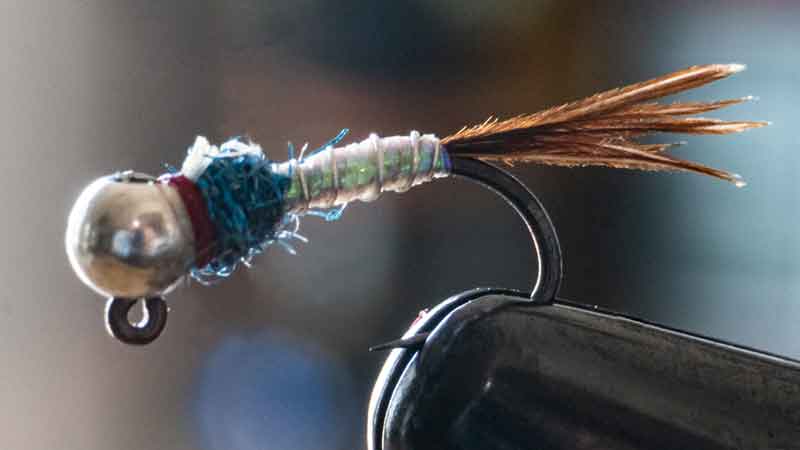
Fly Fishing Flies
Guide to Fly Fishing Hook Sizes
Selecting the right hook size is central to the success of any fly fishing endeavor, a decision that can significantly impact your chances of landing that elusive catch. Understanding the intricaci...
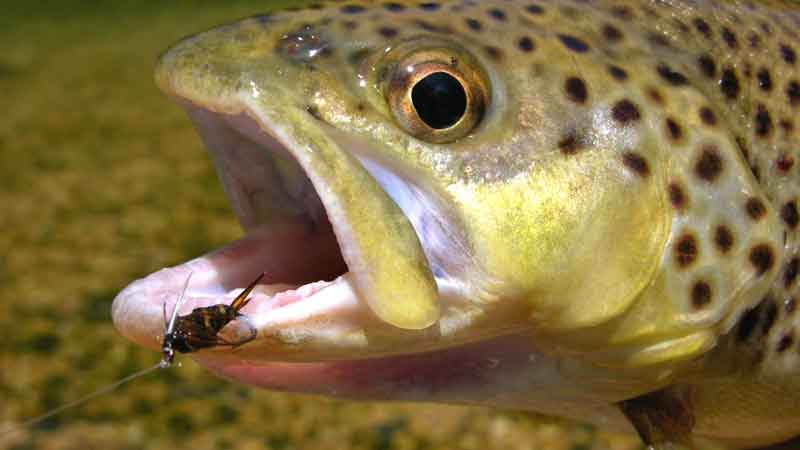
Fly Fishing Flies
The Prince Nymph (Tie, Fish, Catch)
This comprehensive guide will delve into the intricacies of tying the Prince Nymph, from the materials needed to the step-by-step tying process. Additionally, we will explore various Prince Nymph v...
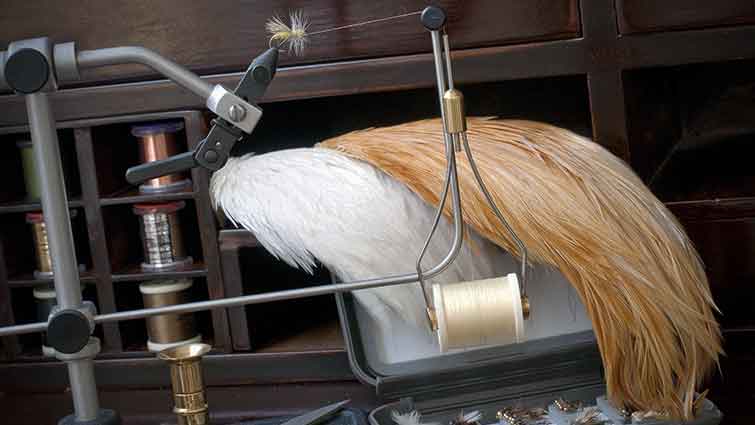
Fly Fishing Flies
Beginner Fly Tying - How to Tie Flies for Fly Fishing
This detailed guide will walk you through the essentials of fly tying, from the basic tools needed to start, to selecting your first pattern, understanding the materials involved, choosing the righ...
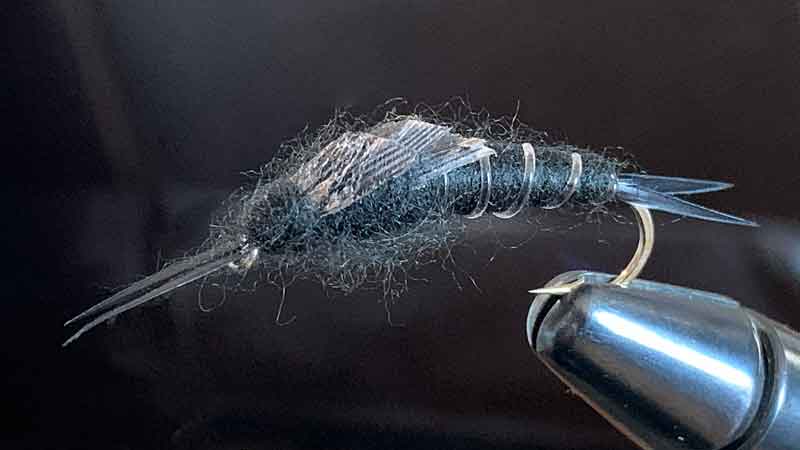
Fly Fishing Flies
Black Stonefly Nymph Fly Pattern (Tie, Fish, Catch)
This guide will provide a comprehensive look at the black stonefly nymph, covering its history, the materials needed to tie it, tying instructions, variations, and effective fishing techniques.
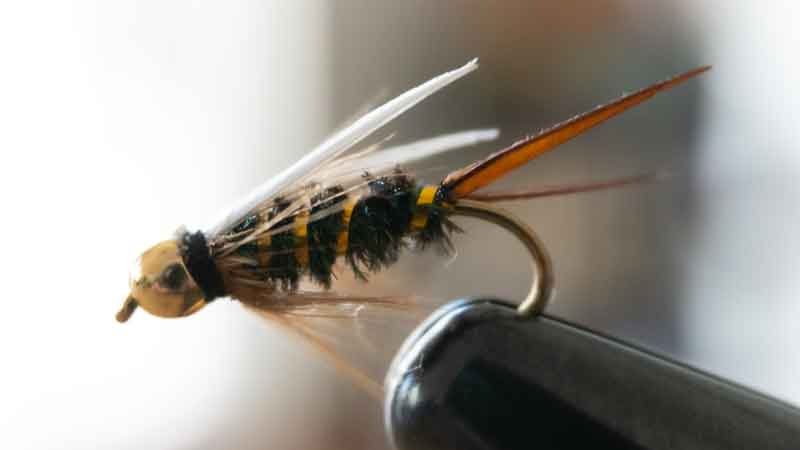
Fly Fishing Flies
Bead Head Prince Nymph Fly Pattern (Tie, Fish, Catch)
Understanding the intricacies of the Bead Head Prince Fly Pattern, from its history and materials to the detailed steps of tying it, can elevate your fly fishing experience. This guide aims to prov...
![Bead Head Hare's Ear Nymph [Tie, Fish, Catch]](http://drifthook.com/cdn/shop/articles/Bead-Head-Hare_s-Ear-Nymph-Drifthook.jpg?v=1718051684&width=800)
Fly Fishing Flies
Bead Head Hare's Ear Nymph [Tie, Fish, Catch]
Among the many fly patterns available to anglers, the bead head hare's ear nymph stands out as a timeless and versatile choice. This nymph pattern has earned its place in the fly boxes of anglers a...
![Ultimate Pheasant Tail Nymph Guide [Tie, Fish, Catch]](http://drifthook.com/cdn/shop/articles/Ultimate-Pheasant-Tail-Nymph-Guide.jpg?v=1717080188&width=800)
Fly Fishing Flies
Ultimate Pheasant Tail Nymph Guide [Tie, Fish, Catch]
The Pheasant Tail Nymph is one of the most versatile and effective flies used in fly fishing. This guide will walk you through its significance, history, the materials needed, the tying process, va...
![Absolute Guide to the Perdigon Nymph [Tie, Fish, Catch]](http://drifthook.com/cdn/shop/articles/GUIDE-TO-THE-PERDIGON-NYMPH.jpg?v=1716931683&width=800)
Fly Fishing Flies
Absolute Guide to the Perdigon Nymph [Tie, Fish, Catch]
Originating from Spain and France's competitive fly fishing scenes, Perdigon nymphs have transformed how anglers approach nymph fishing, particularly in fast-moving waters. Their unique design, cha...
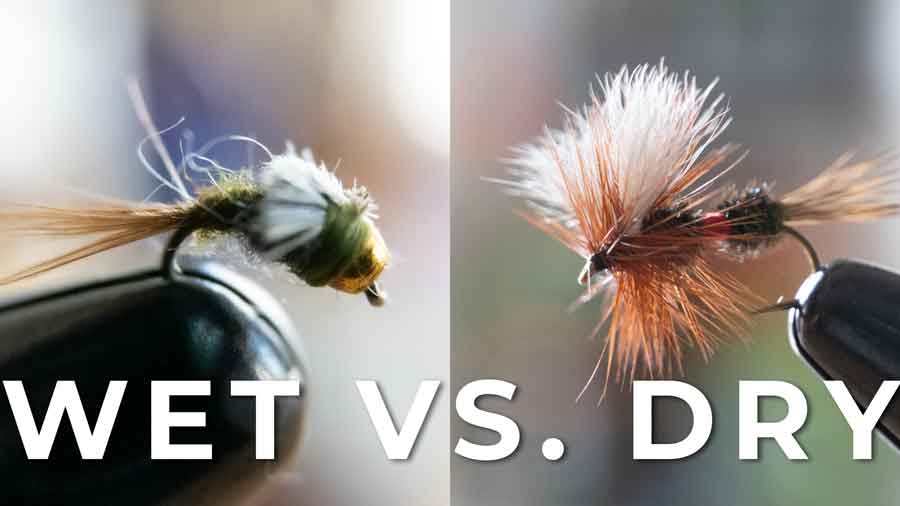
Fly Fishing Flies
Wet Flies vs. Dry Flies: A Comprehensive Guide for Fly Fishing Enthusiasts
This comprehensive guide delves into the critical distinctions between wet and dry flies, providing insights on when to use each type based on water conditions, fish behavior, and time of day. Addi...

Fly Fishing Flies
Is the San Juan Worm The Ultimate Fly Fishing Fly?
The San Juan Worm is no stranger to the world of fly fishing due to its massive success in this field. Here’s a look at the San Juan Worm and its role as a tool in your fly box.
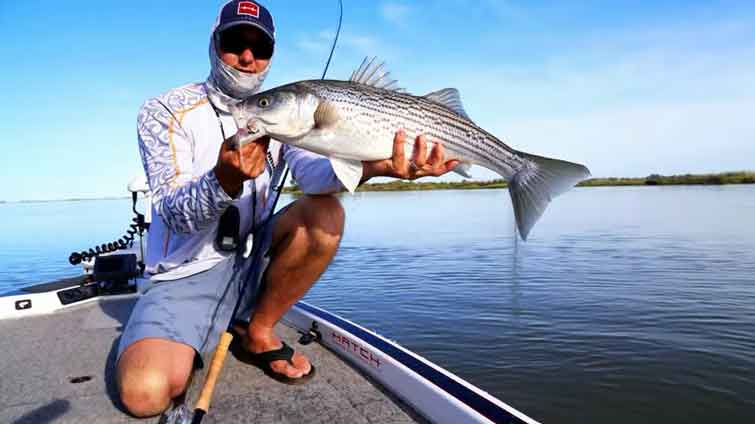
Fly Fishing Flies
Fly Fishing For Striped Bass: All You Need To Know
Fly Fishing for Striped Bass is exciting to the anglers. Learn more about this fishing through this article and enjoy your striper catching.
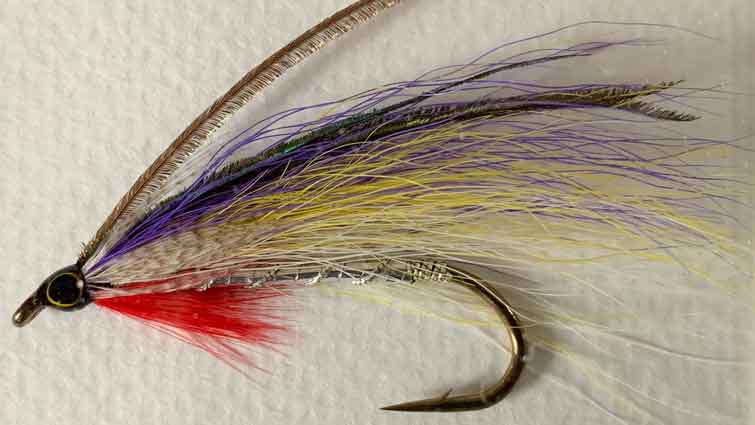
Fly Fishing Flies
12 Killer Wet Flies - From 1850s to Today
A "wet fly" can be described as any type of fly that sinks below the surface of the water with a soft hackle. The name comes from the fact that such flies are designed to sink underwater after bein...
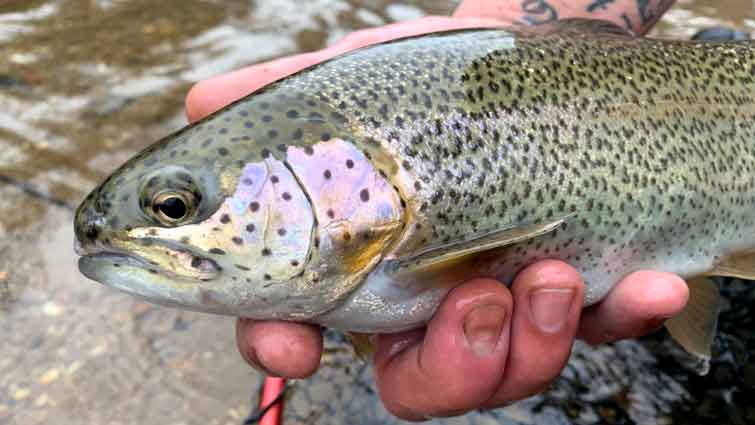
Fly Fishing Flies
Wet Flies in Fly Fishing - Hooks to Swings
As a general rule wet flies can be made out of various materials, including hair, wool, or feathers. Each material has its benefits and drawbacks regarding how easy it is to tie a pattern with them...
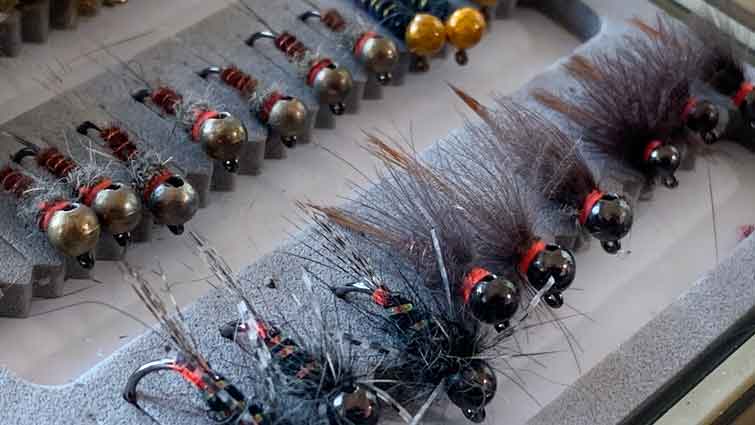
Fly Fishing Flies
What Are The Top Euro Nymphing Flies Sizes Everyone Needs?
As they are known among fly fishers, Euros can be fished anywhere and is typically fished on an extended leader setup. The fly size on your rig will vary depending upon the water type your trying t...
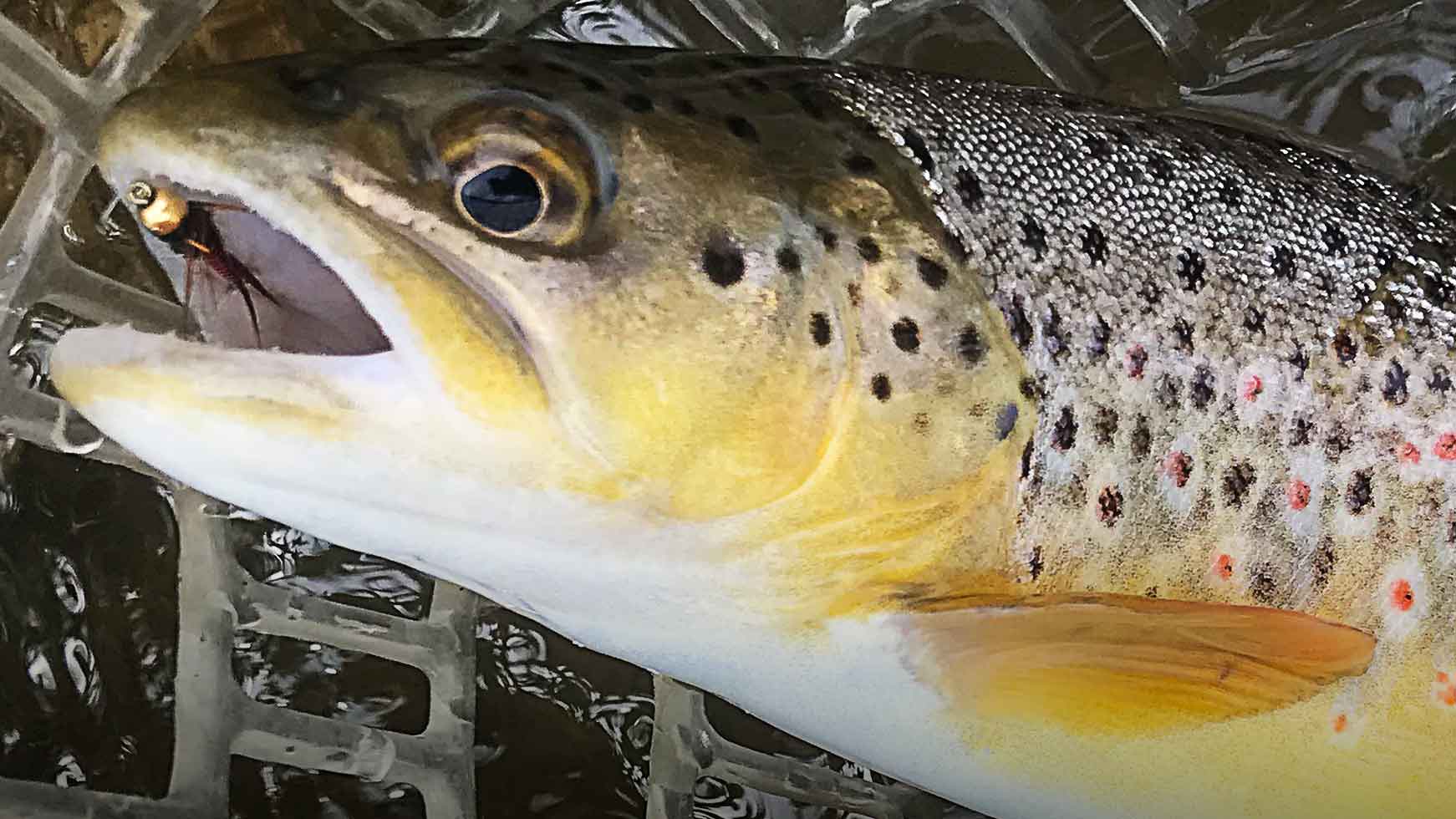
Fly Fishing Flies
Is Euro Nymphing Really Fly Fishing?
Euro nymphing has become one of the fastest-growing forms of fly fishing, with thousands of anglers participating worldwide. However, it still doesn't have the same number of participants as tradit...
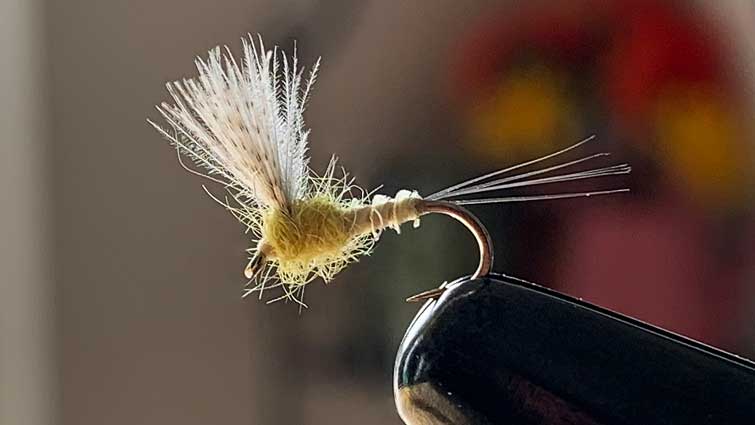
Fly Fishing Flies
Best Size Dry Flies for Catching Large Trout
The best size dry fly for trout is different depending on where you are fishing, when you are fishing, what type of water conditions you are in, etc. To name a few factors that will affect the best...
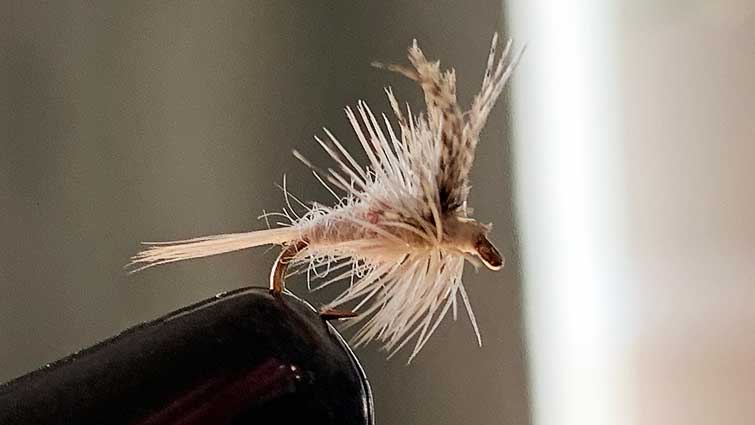
Fly Fishing Flies
9 Guide Proven Dry Flies to Catch Trout
The best dry fly will vary depending on where you fish and what kinds of conditions prevail in your area, as well as the current hatch. You should select a fly based on current weather conditions i...
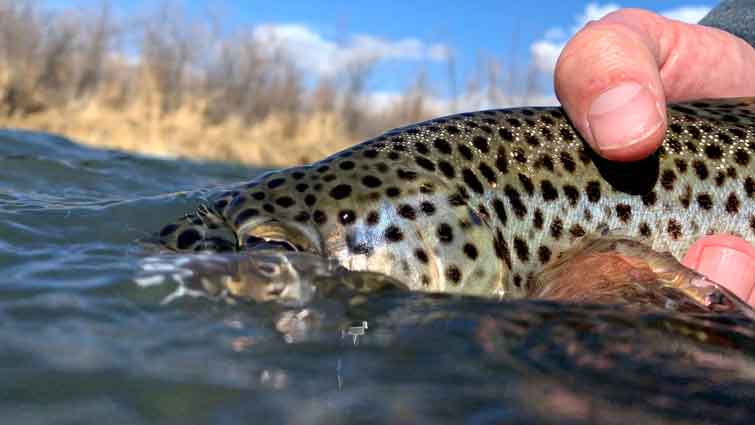
Fly Fishing Flies
9 Best Fly Fishing Flies for Brown Trout | Drifthook
Brown trout are some of the most popular game fish in North America. They can be found in lakes, streams, and rivers throughout the United States and Canada. Their popularity is mainly due to their...
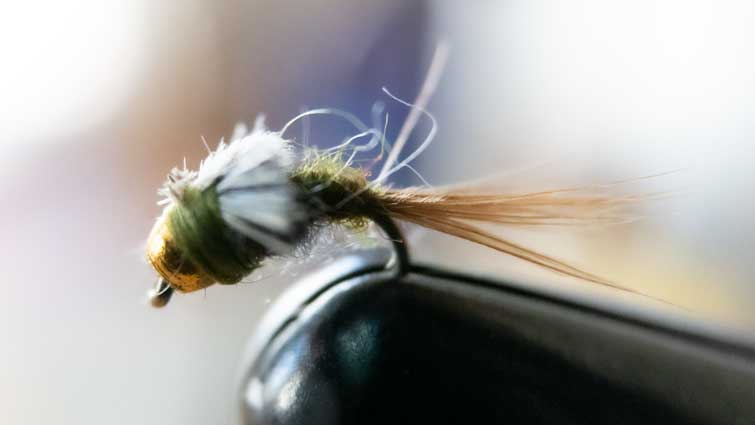
Fly Fishing Flies
What Do Nymph Flies Imitate? And Fly Patterns to Match
A nymph fly, in simple terms, is a trout fly that resembles the naturally occurring insect larvae and nymphal stages of aquatic invertebrates common to streams, rivers, ponds, and lakes. Find out ...

Fly Fishing Flies
Rainbow Trout Fly Selection - 5 Guide Flies for Success
Rainbow trout can be found in rivers and lakes all over the world, most commonly in the United States. There are several types of flies that resemble small insects, larvae, or crayfish, which rainb...
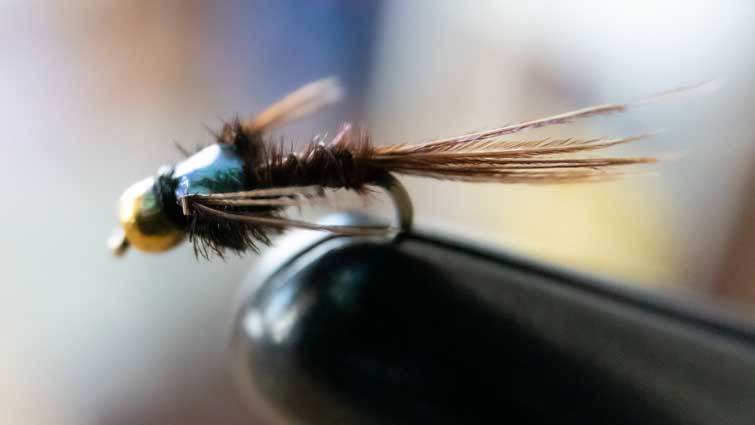
Fly Fishing Flies
Best Fly Types to Catch Trout | Drifthook
Flies come in all shapes, sizes, and colors; some cause vibrations while others stand out more. Knowing which type of flies to use when fishing different waters is essential. As a general rule, ny...
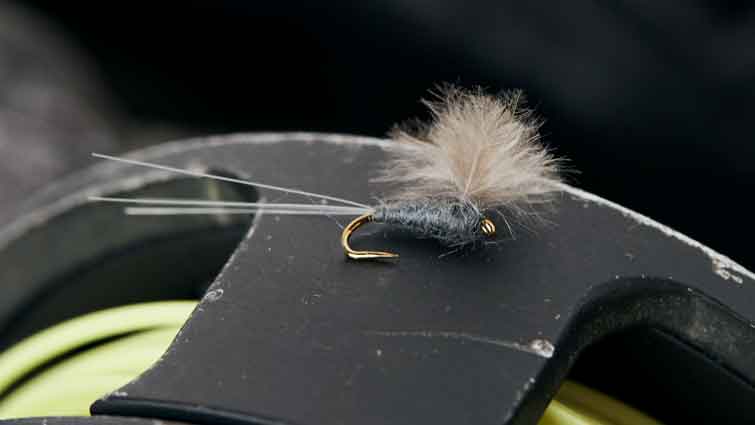
Fly Fishing Flies
The Perfect Fly Size | Nymphs, Dry Flies, Streamers
Choosing a fly that mimics the appropriate hatch and the proper size is a very effective tool in your fly fishing arsenal to catch that trout of a lifetime.
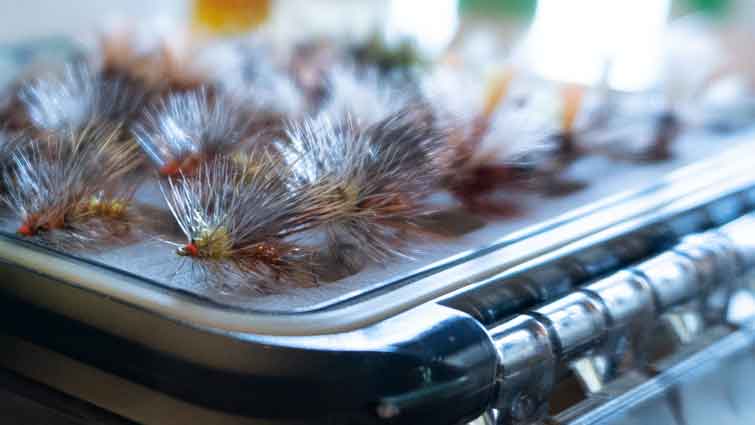
Fly Fishing Flies
What Flies Do I Have Fly Fishing? Identify Your Flies
Knowing what you're fishing for is one of the most important things about fly fishing. It allows you to choose your equipment and fly selection more accurately than using random gear. When you are ...

Fly Fishing Flies
How Do You Treat Dry Flies?
Oftentimes it's the sight of a fly struggling in the surface film that triggers an instinctive reaction. Whether you've recently switched to dry-fly fishing or you're just beginning, know that ther...
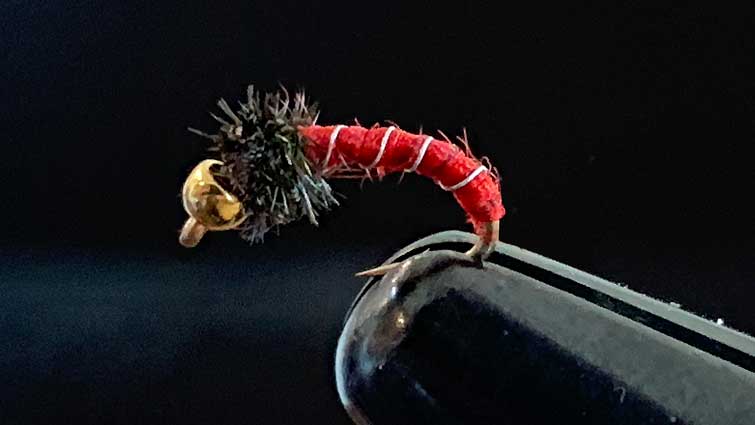
Fly Fishing Flies
Is a Midge a Nymph? A Fly Fishing Perspective
There are several different families of midges, all of which have nymphs that closely resemble one another. This is because there is a high degree of convergence between the evolution and developme...
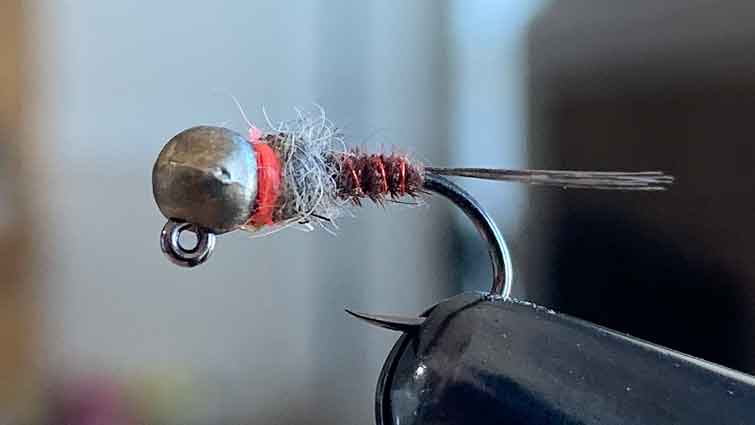
Fly Fishing Flies
How to Identify Euro Nymphing Flies - Hooks to Hackle
As a general rule, Euro Nymphing flies are slimmer and more prolonged than typical dry flies. They are designed to sink at a fast rate through the water column to reach the optimal feeding zone for...
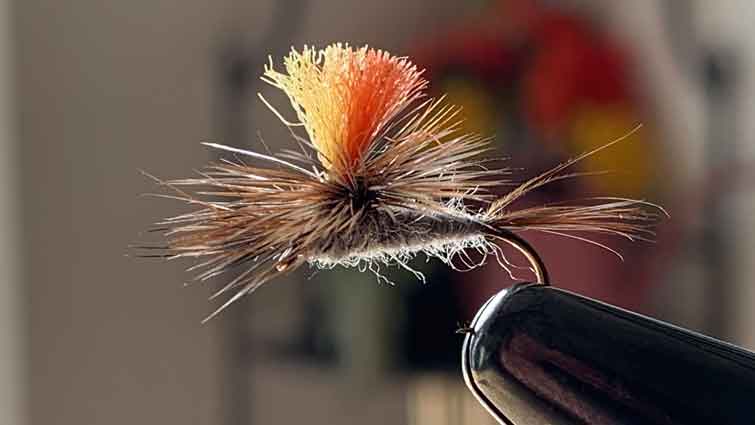
Fly Fishing Flies
How Do You Make Dry Flies Float Better?
Dry flies, as the name implies, float on the surface of the water. A fly that floats well is more likely to be taken by a fish than one that sinks or drifts along under the surface. Read more on ho...
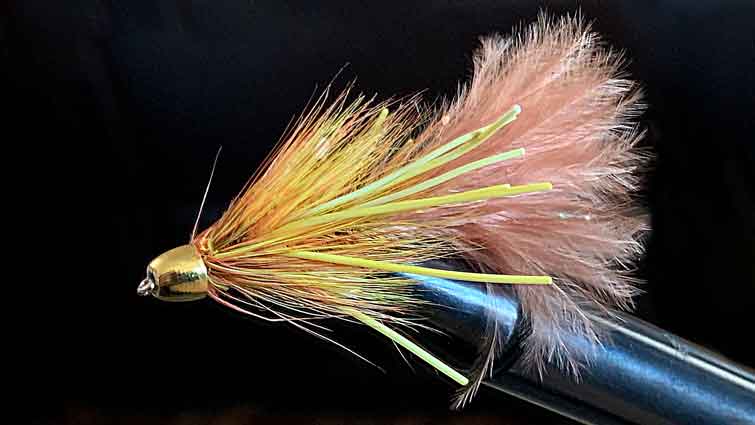
Fly Fishing Flies
Top 5 Best Streamers for Trout - And How to Fish Them
What are the Best Trout Streamers? There are hundreds of different types of fly patterns available today. However, many of these flies will not catch fish when pursued with the most common methods...
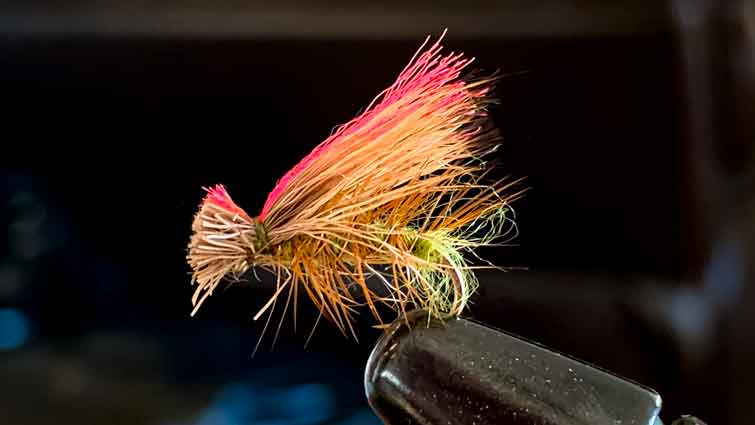
Fly Fishing Flies
How Much Do Flies Cost? From Manufactured to Hand Tied
Fly fishing flies can be divided into three price categories. The price of flies varies depending on the materials used, the type/class of fly, and how much work goes into making them. This article...
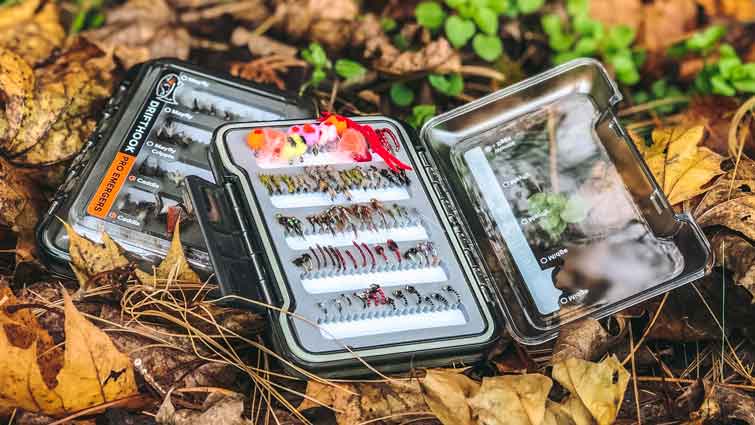
Fly Fishing Flies
What Flies Are In Season?
As a general rule, Spring is the most dependent on fly selection season of any of the four seasons you fish. Midges, caddis, mayflies, and stoneflies are all significant players in the game of fly ...
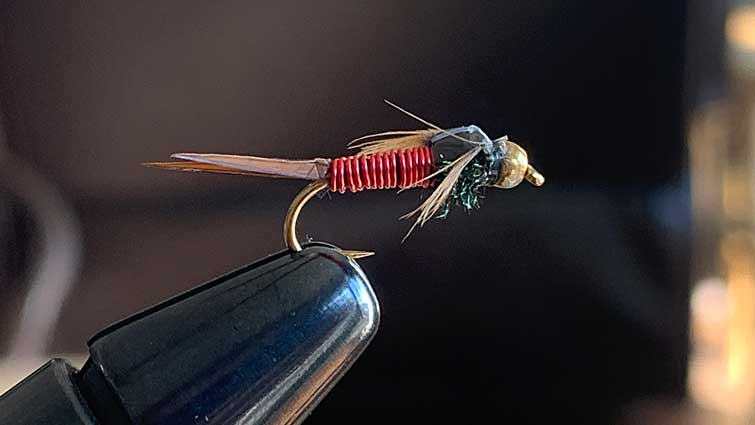
Fly Fishing Flies
Are Nymphs Wet or Dry Flies? - Anglers Break Down the Difference
Beginner anglers prefer dry fly fishing, but using nymphs always proves to be more productive. When it comes to fly fishing, nymphing skills are a must-have. If you don’t, you don’t need to worry, ...
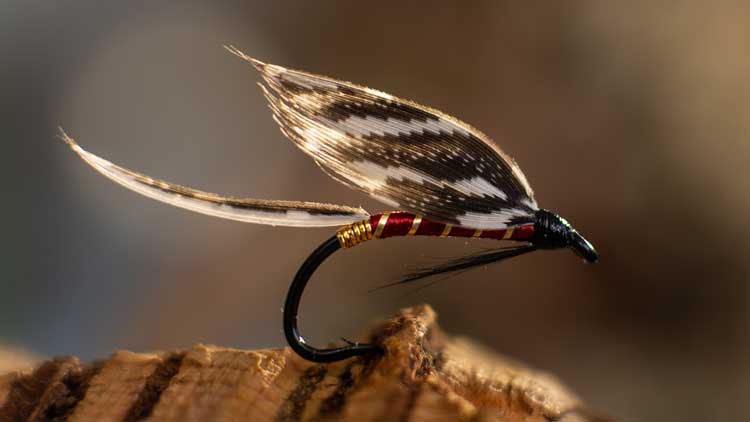
Fly Fishing Flies
Is a Streamer a Wet Fly? - We Ask A Professional Fly Tier
People new to fly fishing have come to use with all types of questions and here at Drifthook Fly Fishing we aim to answer them all. One of the latest questions we received was, "What is a streamer...
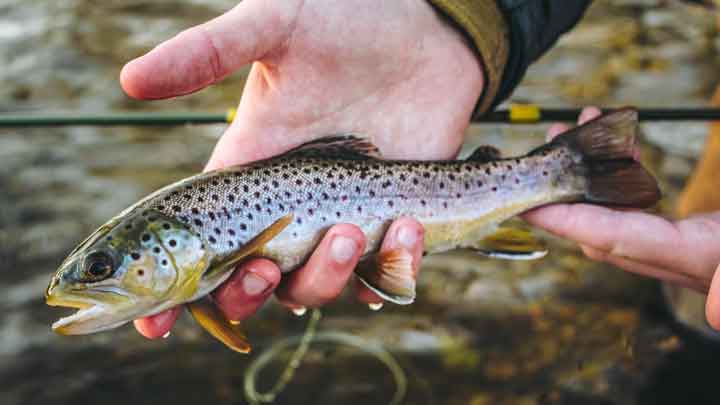
Fly Fishing Flies
Top 15 Trout Flies for September
A widespread concern that many anglers have, whether they are newcomers to the sport or more advanced and experienced, is what fly to use for trout fishing. This will depend, as it changes from tim...
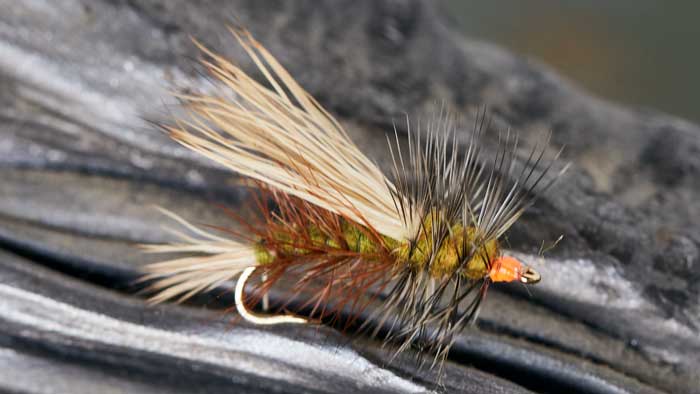
Fly Fishing Flies
Identify A Dry Fly – Hooks to Hackle
Dry fly fishing is the iconic style of fly fishing that most everyone can relate to. It is the style that has been romanticized in movies and is typically is what people think of when someone talks...
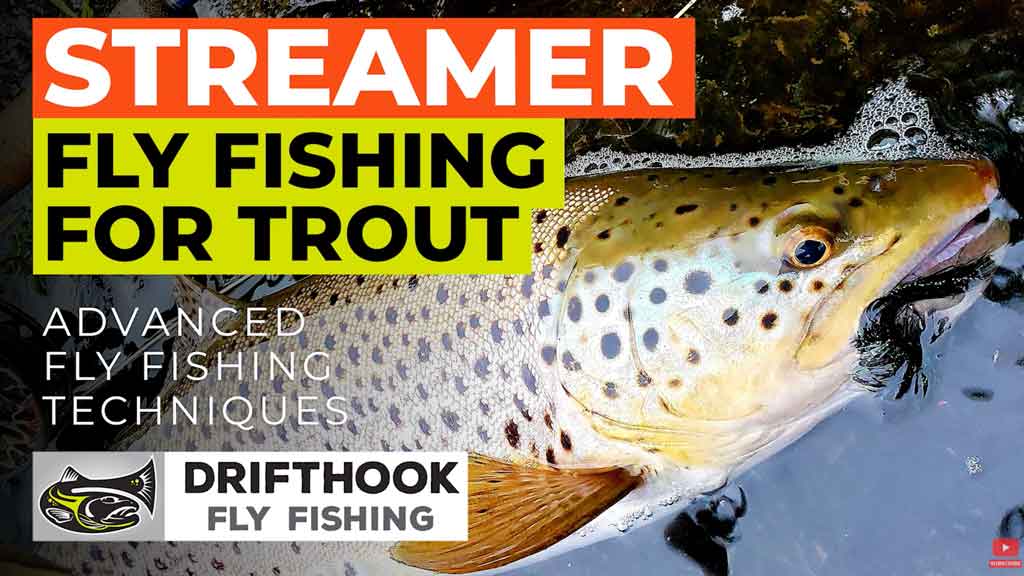
Fly Fishing Flies
Streamer Fly Fishing for Large Trout - Techniques & Setups
Streamers are popular among fly fishers around the world because they are known to be successful for catching larger fish. Larger fish will often ignore small bait fish, but they will respond agg...
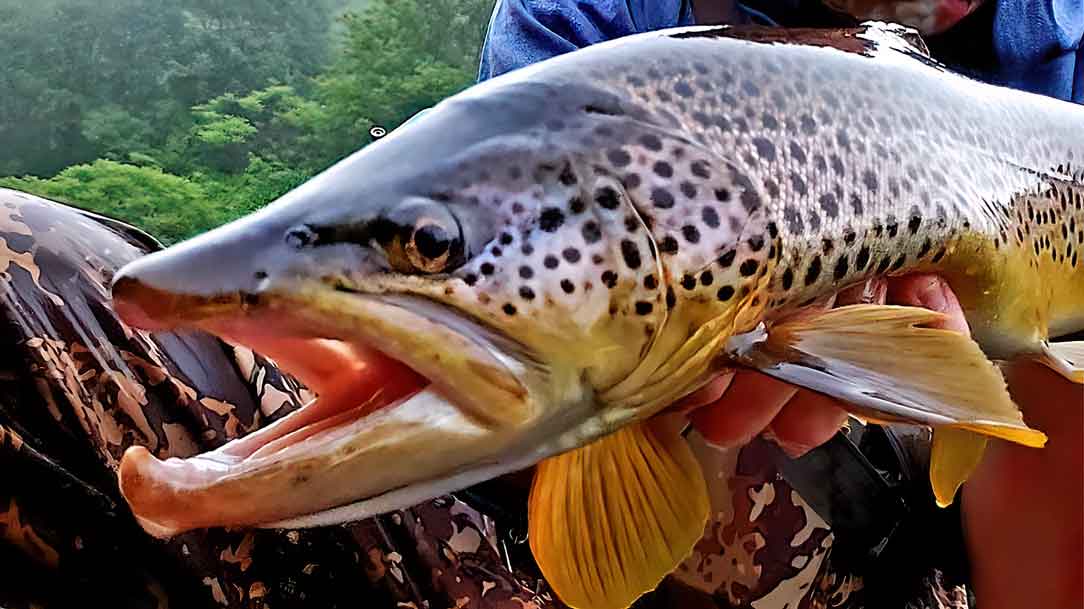
Fly Fishing Flies
15 Best Trout Flies For August
The best fly fishing flies assortment to use in August should perfectly combine the suitable patterns and features that promote light visibility, especially in water bodies with strong currents. We...
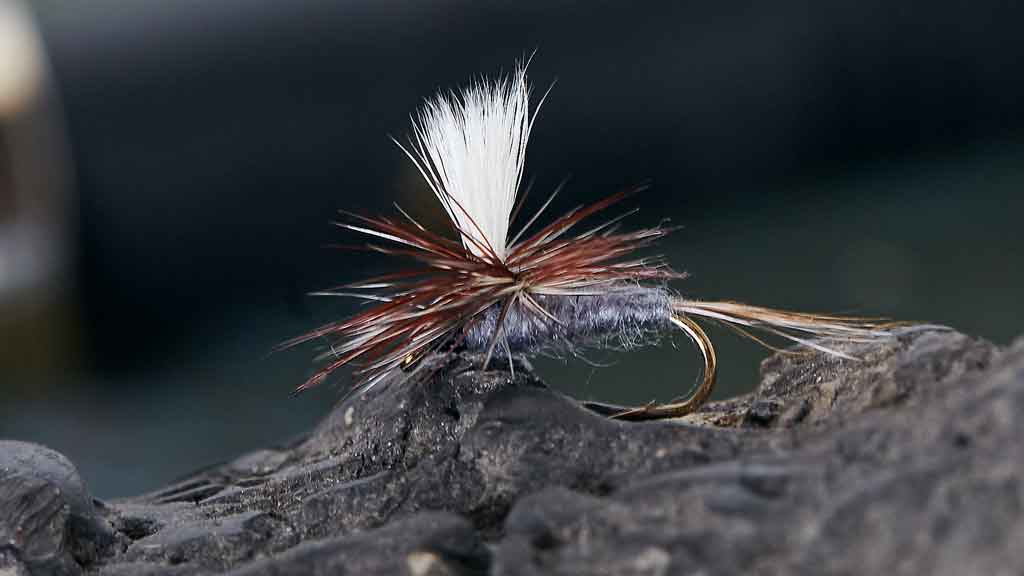
Fly Fishing Flies
Are Dry Flies Better than Nymphs? Let the Battle Begin!
Like all sports, fly fishing inspires strong opinions in its fan base. So it should come as no surprise that the question of dry flies vs. nymphs is hotly debated. And like all debates, there are t...
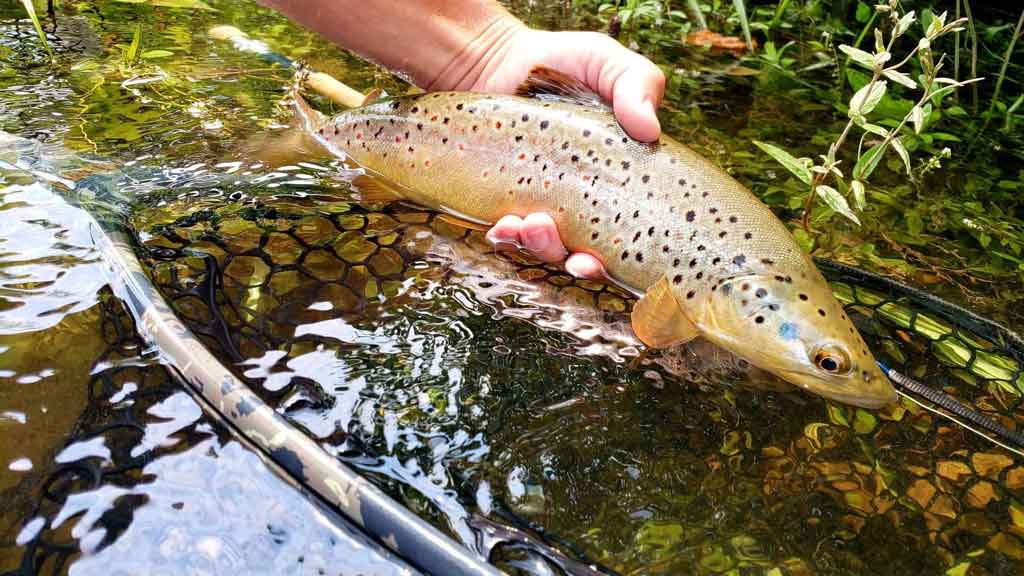
Fly Fishing Flies
Best Time To Fly Fish For Trout - Full Calendar Guide
It can be challenging to know the best time to go fly fishing, especially when you are new to fly fishing. While it is not impossible to catch fish at any time of the day, knowing a few facts can h...
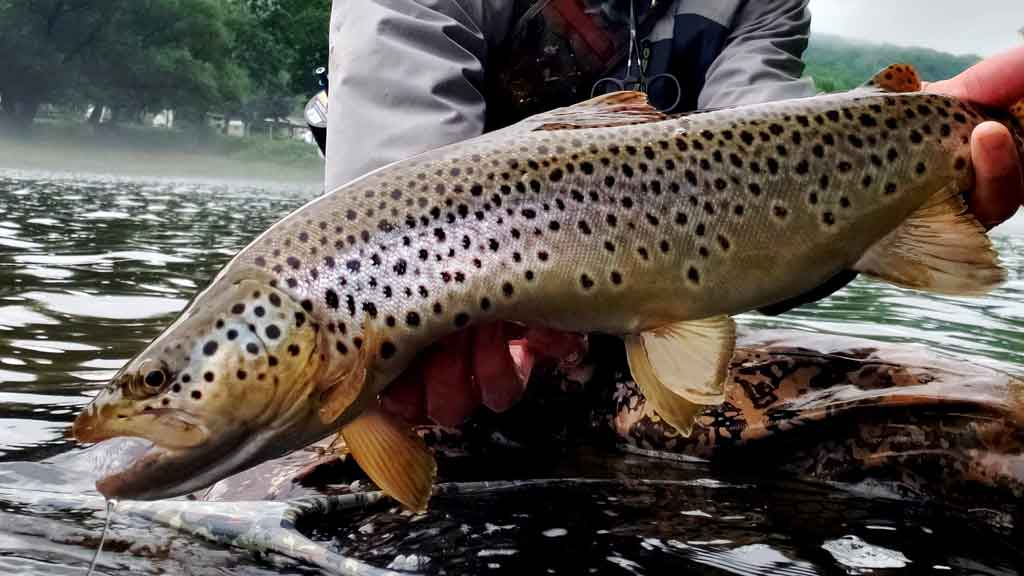
Fly Fishing Flies
15 Best Trout Flies for July
July has perfect fishing weather. It's the month many fly anglers wait for all year. You shouldn't have to worry about unpredictable weather, and you can expect a boost in the dry fly hatches as we...
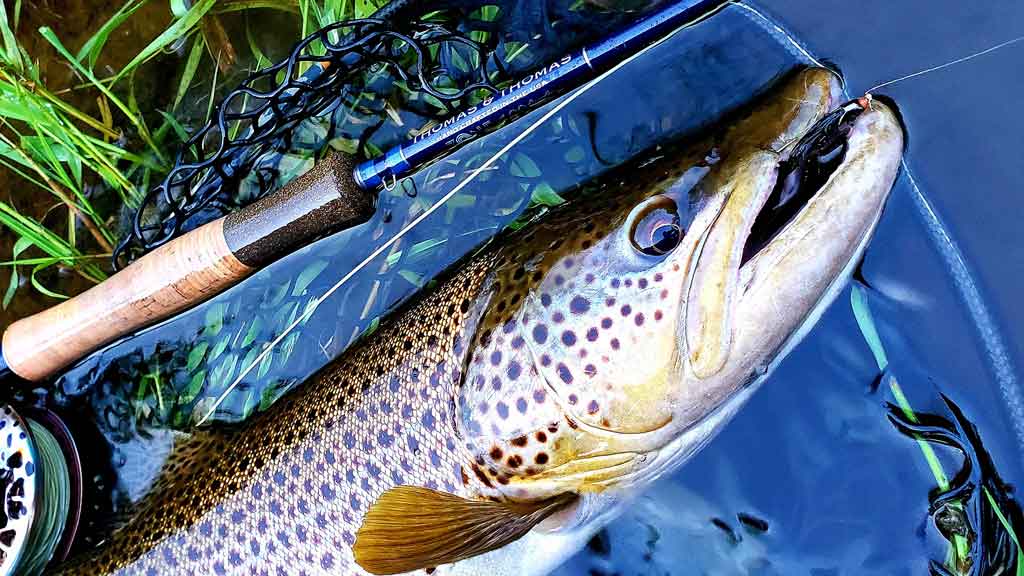
Fly Fishing Flies
Nymphing, Dry Fly or Streamer - What Fly Fishing is the Best?
Let's understand first what exactly fly fishing is about. It's not just about enjoying time among nature and wildlife. It's not just about catching the biggest fish. It's about trying to outwit the...
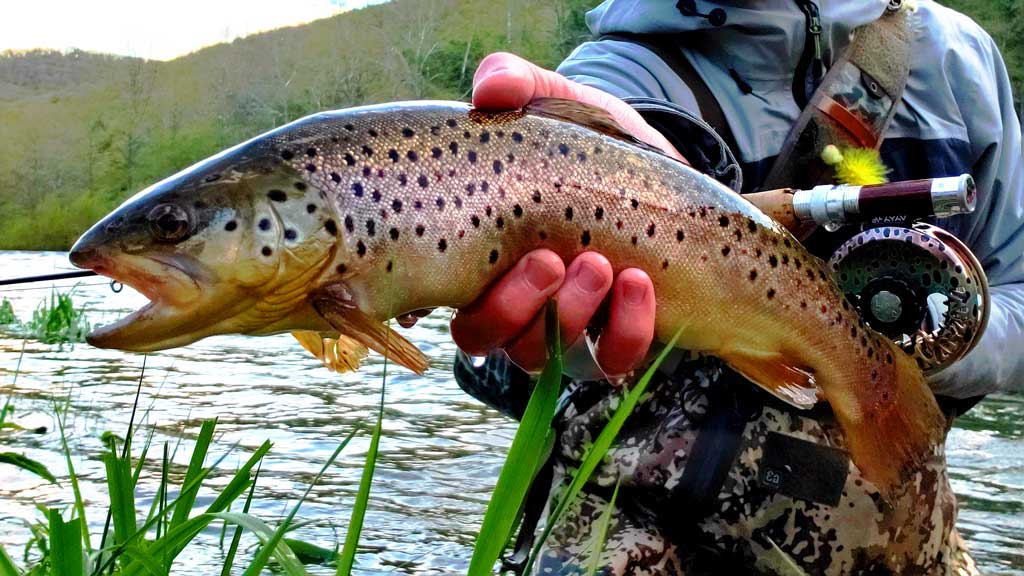
Fly Fishing Flies
15 Best Trout Flies for June
June is a great time to get out there and get to catching trout. The weather is pleasant enough for you to enjoy it without being so hot that the trout are sluggish, well, depending on exactly wher...
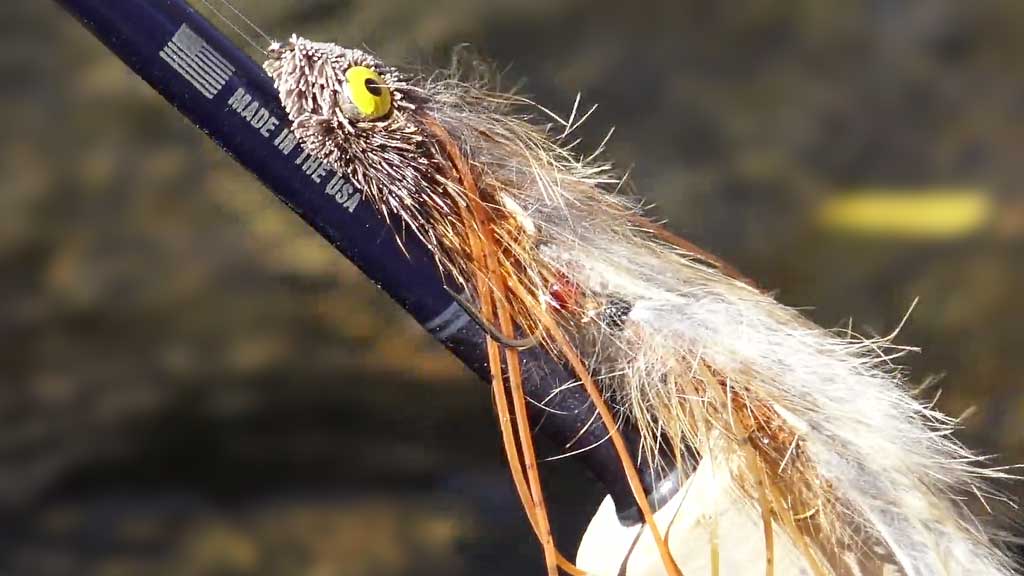
Fly Fishing Flies
Streamer Flies - Sinking or Floating? How About Catching!
Fly fishing streamers are typically one of the most exciting and effective ways to catch big fish. It doesn't matter if you're after trout or bass or anything in the middle of the two; when you hav...
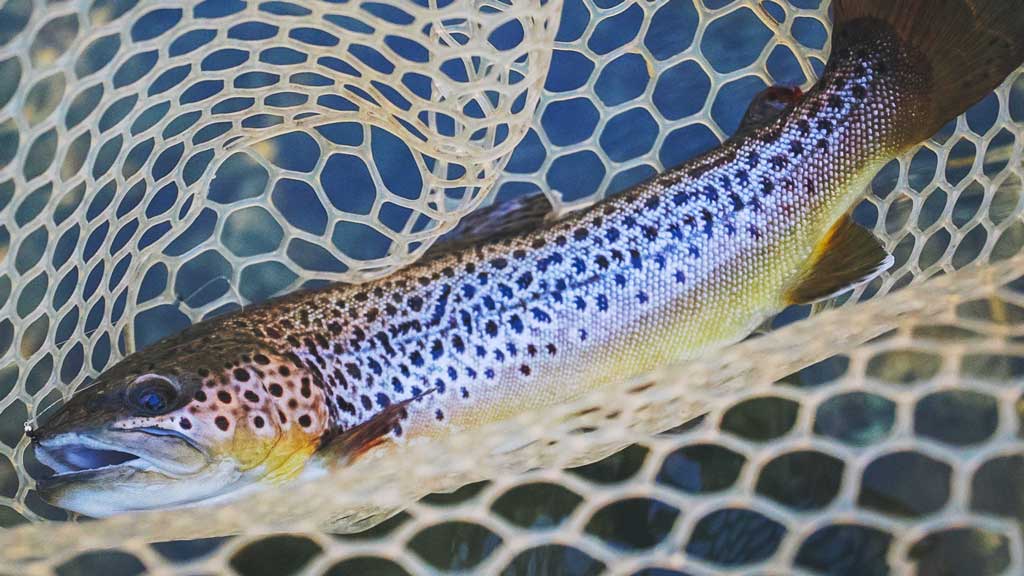
Fly Fishing Flies
15 Best Trout Flies for May
Finding the right fly is super essential if you are a keen angler. It doesn't matter whether you're just starting out or whether you want to bring home a monster trout, this guide will tell you wha...
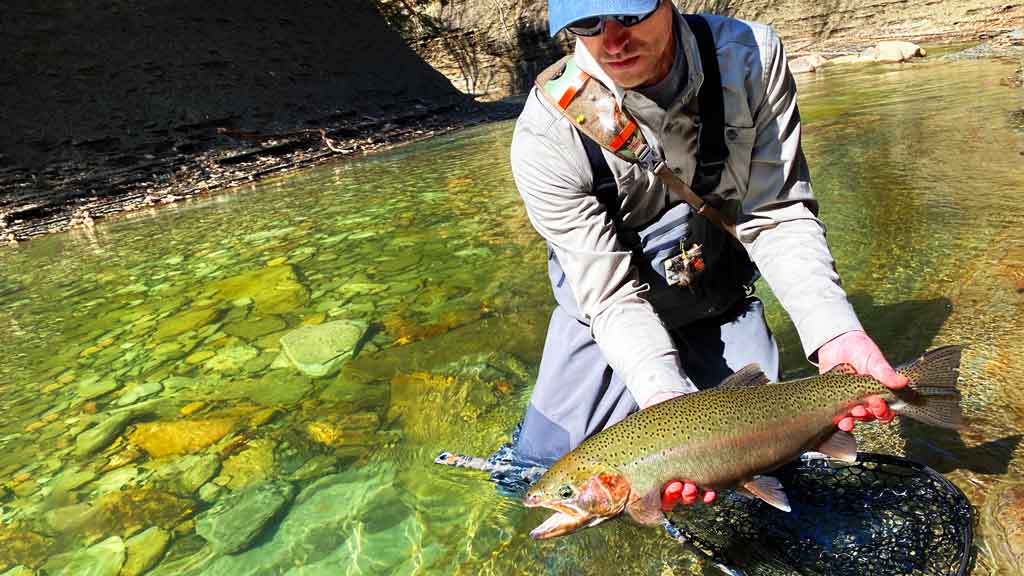
Fly Fishing Flies
15 Best Trout Flies for April
Some of the top names are the Bow River Bugger, Muddy Buddy, Sparkle Worm, Flashback Pheasant Tail, RS2, and Brassy just to name a few. In the month of April, things are starting to get warmer and...
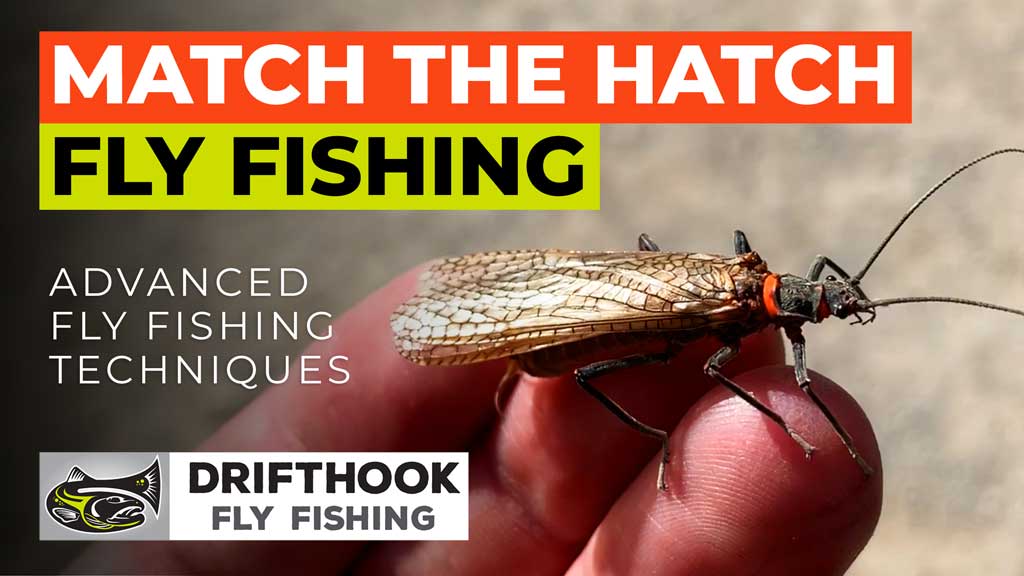
Fly Fishing Flies
Match the Hatch Fly Fishing - Video Lesson
You feel confident with your fly box and the seasonal hatch chart, and you want to be able to even more closely match what’s in the water that you’re fishing. You’re ready to take it to the next le...
